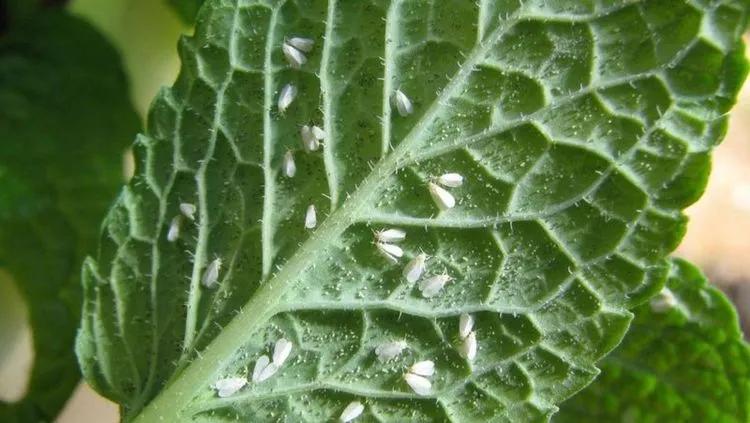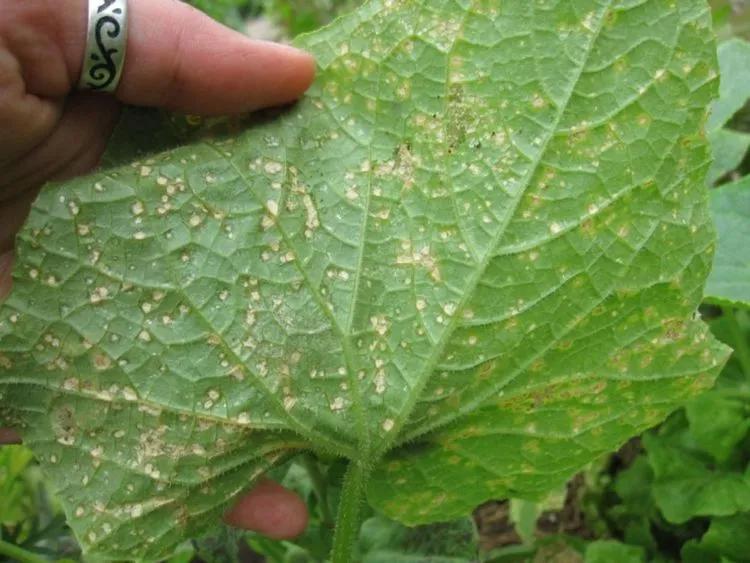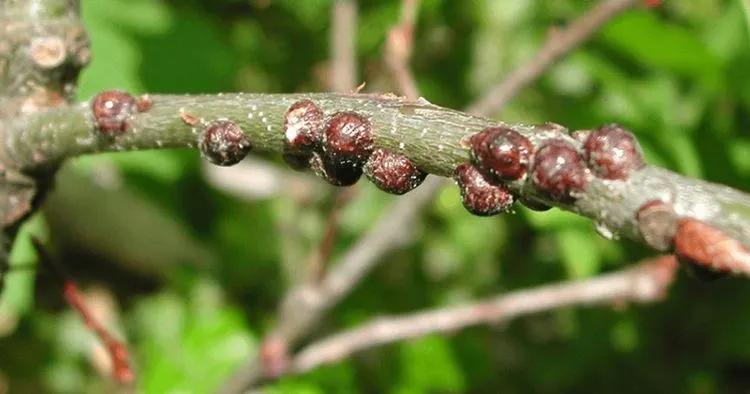
Entomologists divide all pests into two groups: gnawing and sucking. Gnawers eat flowers and leaves. Suckers feed on their cell sap, without violating the integrity of the tissues.
In most cases, indoor plants are destroyed by sucking pests. These are difficult to spot in time. They are so small that sometimes they can only be seen under a microscope. Explicit symptoms of plant damage are detected only when the pests have already caused damage, managed to propagate their kind, and move to other flowers.
Where Do Pests Come From?
To indoor conditions, they are often brought along with the plants. When purchasing your favorite flowers, you must carefully check whether they aren’t a source of infection.
You can also bring pests with cut flowers. Beautiful bouquets and compositions sometimes conceal such unpleasant "surprises" as aphids, thrips, whiteflies, spider mites.
In spring and summer, people take indoor flowers to balconies, loggias or summer cottages. There, they may well become infected, and in fall, the pests, along with the flowers, "move" to winter apartments.
Soil taken from the open ground can also be a source of infection. It sometimes contains dormant stages of insects (pupae), earthworms, and nematodes.
In spring, seedlings purchased for the summer season can also pose a threat. Since the bulk of pests reproduce at an incredible rate, even a few insects that were not noticed in time pose a real threat to all your plants.
Types of Pests
The most common pests of ornamental plants are aphids, whiteflies, thrips, scale insects, scale insects, spider mites, podura. All of them can reproduce in indoor conditions all year round.
Aphids

Aphids are small insects (1-5 mm) of green, light yellow, and black colors. They suck the juice from the tops of shoots, petioles, young leaves, and flowers. The affected parts of the plants become sticky, sometimes deformed, the tops of the shoots and flowers wither.
There are peach, indoor and nymph aphids in the rooms. They affect a wide range of plants, preferring delicate, non-leathery leaves. Aphids usually accumulate on young top shoots and peduncles. A sooty mushroom settles on the sticky, sweet secretions of aphids (honeydew). But it can be found on indoor flowers and when plants are damaged by whitefly, more often a greenhouse.
Whiteflies

A whitefly is a small insect (1-2 mm) resembling a butterfly with milky white wings. By sucking sap from plant tissues, the pest greatly weakens them.
You can see butterflies from the back of the leaves; when you shake the plants, they quickly fly away. Of all indoor flowers, whiteflies prefer pomegranate, myrtle, pelargonium, fuchsia, aphelandra, and poinsettia.
Thrips

Another pest of indoor flowers is thrips, very small, extremely mobile insects (1-1.5 mm), from light yellow to black in color. They live on the underside of the leaves and are hardly visible to the naked eye. A sure sign that the plant is inhabited by thrips is the appearance of numerous light dots and streaks on the upper side of the leaves, and transparent "mica windows" filled with black dots of excrement on the lower side. Both adults and larvae are harmful. In addition to leaves, they damage buds and flowers. Plants quickly weaken and completely lose their decorative effect.
Scales

The fight against scales is very difficult; as a rule, their appearance is detected only as some time passes; when the larvae are already sitting "safe" under the shields. Young larvae, rather mobile, cannot be seen with the naked eye. The scutes of the scabbards themselves are light gray, yellowish-white, rather flat in shape, and in the false scutes, they are brownish, more often semicircular. Females of scale insects, in contrast to scale insects and false scale insects, are covered with a white powdery bloom.
These scutes settle on stems, twigs, leaves, usually on the backside along the conductive veins. During mass reproduction, pests sit closely on the plant. Worms, on the other hand, often hide in the axils of the leaves. As a result of damage by these pests, leaves, fruits fall off, plants gradually dry out, and a sooty mushroom settles on sugary secretions. The range of plants affected by them is very wide - these are cactus, citrus, oleander, palm trees, ficuses, ivy, orchids, ferns. There are worms that damage the roots - rootworms. Cactus and bromeliads often suffer from them. Colonies of scales are visible on the roots if you carefully knock out a dry lump of soil from the pot.
Spider Mites

A serious threat to indoor plants is posed by spider mites - very small arachnids (up to 0.5 mm), rapidly multiplying, especially at high air temperatures and low humidity. They live, as a rule, on the underside of the leaves, feed on the cell sap of plants, causing metabolic disorders, exhaustion, and reduced assimilation. With a strong defeat by these pests, discoloration (a symptom of marbling), browning, and drying of leaves are observed, which quickly fall off, and the whole plant is entwined with an abundant thin cobweb. Many plants are affected by spider mites: ficuses, cordelines, crotons, jasmine, anthuriums, arrowroots, akalifs, citrus fruits. Common spider mites, Atlantic spider mites, and red citrus mites are most common in rooms.
Also...
In addition to the listed pests, indoor plants can be damaged by slugs, woodlice, and some insects that usually come from open ground: weevils, scoops, miner flies.
